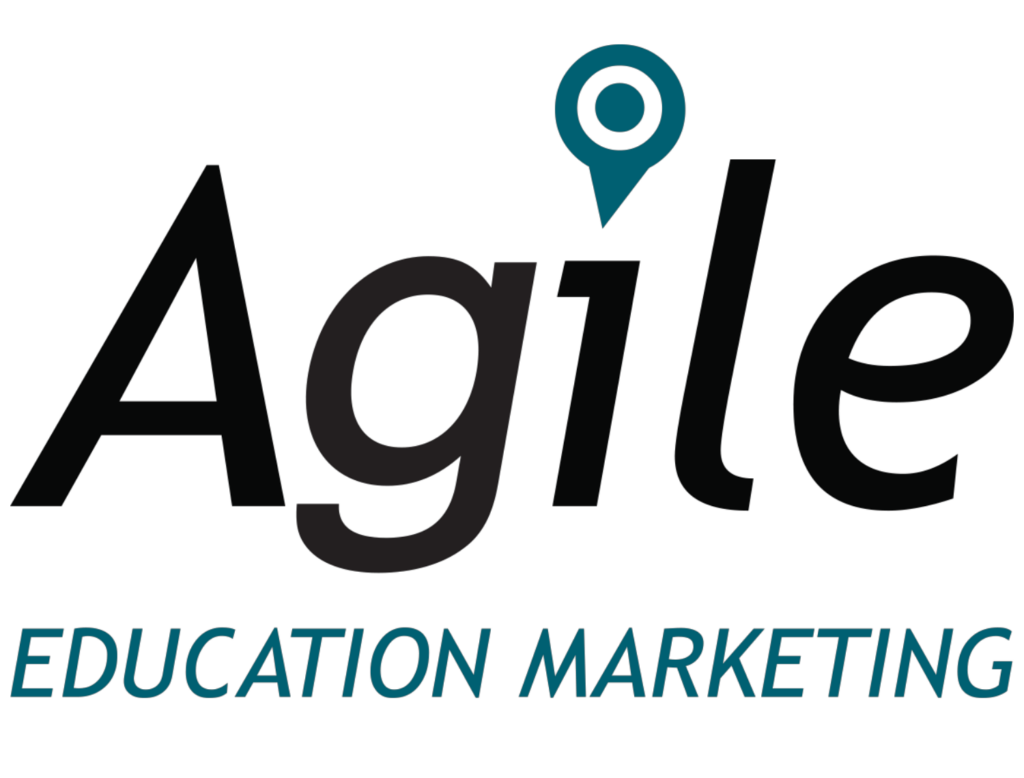Cybersecurity for K-12: A Guide for Education Solution Providers
Cyberthreats are escalating in K-12 education—and quickly. This means the stakes are higher than ever for schools to minimize serious long-term impacts on student outcomes and the institution alike. Protecting student data, maintaining trust, and ensuring a secure learning environment aren’t just priorities, they’re essentials. That’s where education solution providers come in, playing a key role in fortifying schools against these growing risks.
Read on to uncover the current landscape of K-12 cybersecurity and proactive strategies for providers to help schools safeguard student futures and the integrity of education.
K-12 Cybersecurity Threats and Their Impact on Schools and Students
Why is cybersecurity in K-12 schools a growing concern? These environments are frequently targeted because they house sensitive data but often lack robust defenses. Essentially, they’re seen as soft targets for cybercriminals. Such attacks can lead to costly disruptions, draining resources and interrupting education.
The Cybersecurity and Infrastructure Security Agency reports that, on average, there’s more than one incident per school day. Sophos also found that in 2022, 80% of K-12 schools across 14 countries, including the U.S., were victims of ransomware attacks. As a result, the Center for Internet Security highlights several top concerns among K-12 schools:
- 81% of districts cite insufficient funding to address cybersecurity issues as their primary concern.
- 59% are worried about the increasing sophistication of cyber threats.
- 58% express concern over the lack of documented cybersecurity processes.
With these priorities in mind, here’s a closer look at some of the most common cyber attacks K-12 institutions face today:
- Phishing attacks: Phishing is a widespread tactic where attackers trick school staff into revealing sensitive information through deceptive emails or websites. These scams can open the door to unauthorized access and serious data breaches.
- Ransomware: Ransomware attacks lock down critical school data, demanding a ransom for its release. These attacks can bring school operations to a screeching halt, causing delays and financial strain.
- Data breaches: A data breach exposes the personal and academic information of students and staff. The consequences include privacy nightmares and long-lasting trust issues within the school community.
- Malware and viruses: Malware and viruses are digital pests that can infect school systems, causing major disruptions and expensive recovery efforts. These attacks can cripple school infrastructure and compromise security.
Cyber attacks on schools can have serious, far-reaching consequences. Financially, they can drain resources, diverting funds from essential educational programs. The disruption to learning is also a big concern—causing delays, creating chaos, and making it difficult for students and teachers to stay on track. But the long-term effects on student privacy and safety are perhaps the most troubling. When personal data is compromised, it can lead to identity theft and other security issues, shaking students’ trust in their school’s ability to protect them. This highlights the need for strong cybersecurity measures from both schools and education solution providers in 2024 and beyond.
How Are Schools Responding to Emerging Threats?
With growing security awareness across school districts, how exactly are educational leaders stepping up to minimize the risk of cybersecurity incidents?
Implementing Regular Security Audits
Regular security audits help pinpoint vulnerabilities before cybercriminals can exploit them. This gives schools a better picture of their unique cybersecurity landscape and allows leaders to prioritize and address the most critical issues.
Providing Cybersecurity Training and Awareness Programs
Beyond audits, schools are also rolling out comprehensive training and awareness programs for both staff and students. By educating everyone on the importance of cybersecurity and best practices, schools are creating a culture of vigilance, reducing the risk of breaches caused by human error—a common security gap.
Introducing Robust Security Measures
What’s more, schools are introducing robust security measures like multi-factor authentication (MFA) and encryption of sensitive data and personal information. MFA adds an extra layer of protection by requiring additional verification steps, making it harder for unauthorized users to gain access. Encryption ensures that even if data is intercepted, it remains unreadable without the proper decryption key.
Through these efforts, schools aren’t just responding to current threats—they’re building a foundation for ongoing cybersecurity resilience. That way, districts ensure a safer educational environment for everyone.
How Education Solution Providers Can Strengthen K-12 Cybersecurity
Cybersecurity incidents in the education sector don’t just impact schools; they also affect businesses in the sector, influencing their ability to engage and collaborate effectively with school districts. As K-12 schools become more vigilant in protecting their digital environments, they’re looking for partners with strong cybersecurity solutions that meet their unique needs. As a result, education solution providers play an important role in safeguarding school data and establishing long-term relationships with educational institutions.
To support schools in achieving their cybersecurity goals while also advancing your outreach and engagement efforts, consider the following strategies:
1. Leverage Education Data to Tailor Solutions
Understanding the unique cybersecurity needs of K-12 schools starts with leveraging comprehensive education data. Schools differ widely in their readiness to tackle cyber threats, and a one-size-fits-all approach often falls short. You can analyze data and conduct surveys to identify specific vulnerabilities and requirements. That way, you can customize your offerings to meet these needs.
2. Develop Solutions That Address School-Specific Cybersecurity Needs
Meeting the distinct cybersecurity challenges of K-12 schools means going beyond generic products to create offerings that directly address issues like:
- Protecting student data
- Securing online learning environments
- Managing access to digital resources
You might work closely with school IT teams to understand their specific challenges and develop cybersecurity solutions that are both relevant and effective.
3. Sponsor Cybersecurity Training Programs
Consider partnering with local educational institutions to deliver workshops or online training sessions that cover essential cybersecurity practices for educators, administrators, and students. By fostering a culture of security awareness, you empower schools to recognize and respond to threats effectively. It also demonstrates your ongoing commitment to cybersecurity education and community safety.
4. Conduct Regular Security Audits to Build Trust
Offering complimentary or discounted security audits helps institutions stay ahead of potential threats. This is an effective way to build relationships and trust while also demonstrating your value beyond just providing products.
5. Provide Educational Materials Tailored to K-12
To position your business as a valuable resource, develop and distribute educational materials like:
- Cybersecurity guides
- Best practices
- Checklists
- Awareness posters
You might also create a resource hub on your website where schools can easily access these materials—promoting them through newsletters or direct outreach to teachers and school administrators.
6. Ensure Robust Safeguards in Your Solutions
Safeguarding solutions with security measures—like data encryption and MFA—not only protect your products but also enhance the overall security framework of the schools you serve. Be sure to regularly update your offerings with the latest security features and communicate these updates to leaders—emphasizing how these measures protect their data and contribute to a safer educational environment.
The Benefits of Cybersecurity Support for Businesses, Schools, and Learners
With improved cybersecurity training and solutions, both schools and students experience several key benefits, such as:
- Increased security and protection: Enhanced cybersecurity measures minimize the risk of data breaches and cyberattacks, safeguarding sensitive and personal information.
- Better educational outcomes: Fewer disruptions from cyber incidents lead to a more stable learning environment that supports continuous education.
- Access to valuable resources and training: With access to better cybersecurity education and valuable information resources, schools can foster a more secure environment for staff and students.
- Enhanced regulatory compliance: Support helps schools meet important regulations like FERPA and COPPA, ensuring they adhere to data protection standards.
These advantages are significant, but schools and learners aren’t the only ones who gain from enhanced security efforts. Your business also enjoys valuable benefits, including:
- Boosted trust and credibility: Committing to strong security practices helps build trust with schools and showcases a dedication to protecting sensitive data.
- Stronger collaboration opportunities: A focus on cybersecurity opens doors for deeper partnerships with schools, facilitating better joint efforts.
- Positive feedback and testimonials: Satisfied schools provide valuable endorsements that highlight your reliability and effectiveness.
- Showcased expertise and adaptability: Robust security measures demonstrate the ability to handle the unique digital needs of the education sector. This is key to setting your company apart as a specialist.
- Thought leadership opportunities: Creating and sharing educational content positions you as a leader in the field, enhancing your reputation.
- Improved public image: Active contributions to school safety boost your community standing and overall image.
Addressing Rising Cyber Threats in K-12 with Advanced Solutions and Support
As K-12 schools battle increasingly sophisticated cyber attacks, robust security measures are essential for protecting student data and ensuring a seamless learning experience. Education solution providers are key players in this fight, delivering tailored solutions and expert support that help schools stay ahead of emerging threats.
Agile Education Marketing is here to amplify your efforts. Our cutting-edge data products, seamless integrations, and insightful reporting tools equip you with the intelligence needed to dive deep into the unique cybersecurity needs of schools and fine-tune your outreach strategies.
Ready to help create a safer, more secure K-12 environment for learning? Contact us today.






